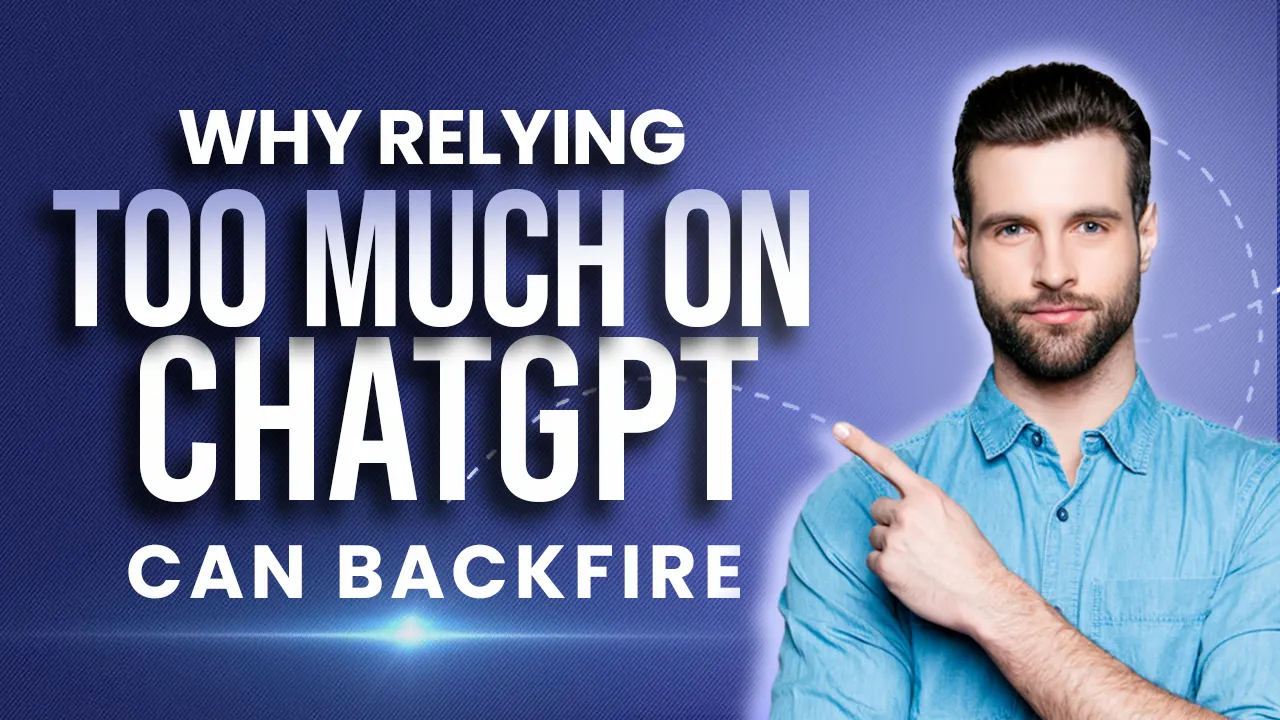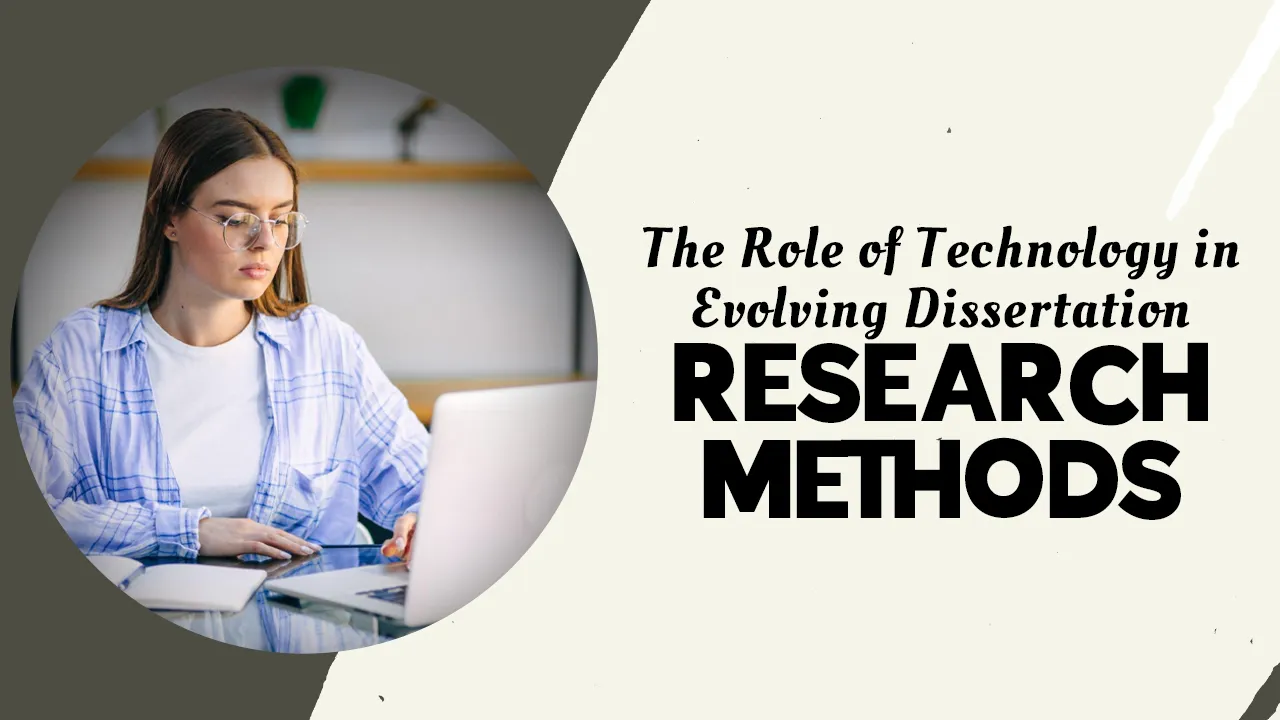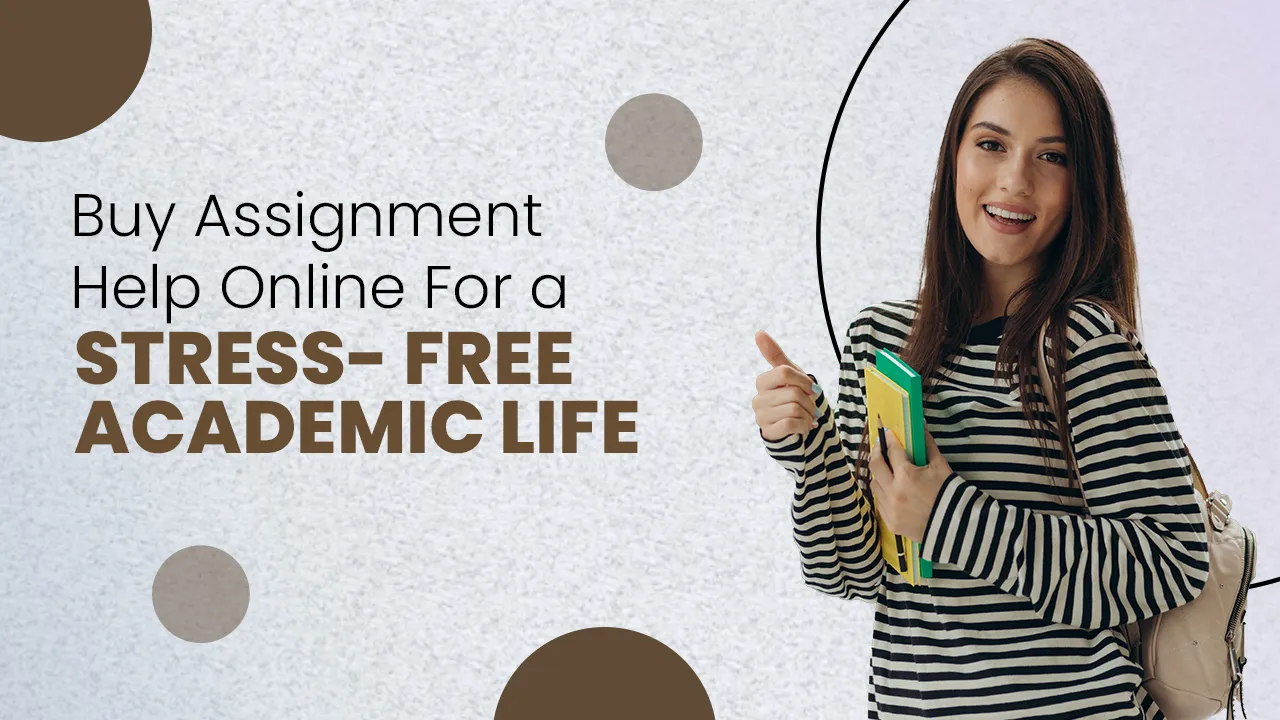Introduction
It is evident that educators are facing challenges in examining students' writing due to rising chatGPT implementation in colleges. This raises the concern of students knowingly or unknowingly copying their work from multiple wrong sources. The fact that this harms the student's knowledge and integrity indicates demerits for university students. In these tough times, Turnitin comes into the picture to rescue teachers and institutions from the unpleasant effects of copied content.
Now this leads us to the question what is Turnitin and what does it offer. It is right to say that Turnitin is the software that tests writing for chatGPT content and is thus popularly used in education institutes to examine students’ copied unoriginal content. The fact that Turnitin operates in more than 180+ countries indicates its worldwide presence. Therefore, using Turnitin can benefit numerous prestigious universities students as it easily examines institutional writing tasks.
It is observed that students use several shortcuts including taking virtual writing help to write academic content, not knowing the complications it can bring for them. Apart from that, some additional shortcuts include not providing an owner credit, copying other’s work, and other such unfair means. Thus, almost all universities have banned unethically written texts to prevent unfair academic practices. However, students neglect these guidelines thinking educators

won’t notice and underestimate the pitfalls. This directs students towards multiple drawbacks such as decreased grades, institutional failure, termination from college, and even judicial actions. Apart from that, it can also create some tension between students and higher authorities due to refuting AI content directions. This rift could have many downsides as students need college or university assistance to advance in their careers.
It is said that artificial writing identification is profitable for everyone including students, educators, and universities, this way selecting the Turnitin platform becomes a win-win situation for all of them. Thus, students can identify and remove copied work from their writing for smooth submissions, self-improvement, enhanced content quality, and others. This means that by using these services students get one step closer to making academic submissions and scoring well. Thus, with such implements teachers can stop students’ unethical practices, speed up the assessment, provide fair scoring to the students, and much more. On the other hand, universities benefitted by keeping university ethics, increasing the college’s reputation, improving education standards, etc.
In addition, students can seek professional assignment help services to complete their assignments, dissertations, essays, and other academic writing needs. These experts can guide students to effectively remove AI content from content by providing advanced tool knowledge. This way, students understand the workings of advanced machine-writing identification software such as Turnitin to self-assess writing before final submission. This way students not only effectively bypass AI-text criteria but add to their educational scores.
This is why accessing Turnitin’s services is simple, one can submit their written work on the given platform where the text gets analysed and tested against a huge database to offer a detailed report and better understanding. Thus, this report defines the percentage of artificially created and plagiarised text which is further divided into categories including partially matching, directly matching, and paraphrased content. This way it helps the user precisely identify the machine-created content. Apart from that, its service does not end here, it also offers detailed feedback for improvement after analysing the work. This reflects the value of services to the educators or students, providing a fair assessment of the writing whether assignments, essays, or dissertations.
In this aspect, researcher Ela Akgün Özbek stated “It is believed that when Turnitin is used as a means of formative assessment, it will not only deter plagiarism but will also enhance student learning which will lead to more quality student work.”, this highlights the fact that chatGPT content identification through Turnitin is also beneficial in improving students writing by handing over well-aligned feedback.
Start your next chapter with us—click here to learn more. The Risk of Using ChatGPT for College Essay Writing.Conclusion
It is seen that ChatGPT written content is a vast emerging problem in the educational field and requires immediate handling. It is already known that artificial writing in academic work hurts students in many ways including reducing marks, college failure, suffering college banishment, rift with authorities, and legal issues. Therefore, students must refrain from copying text whether doing it to ease writing tasks or due to time issues, as doing so will not solve the issue but increases institutional problems. The fact that these problems are not only limited to the field of academics but also have personal disadvantages such as questioned integrity, forming unethical habits, reduced level of skills, and much more reflects the negative sides of such activities.
Therefore, students must follow some steps to evade machine-made content which include developing healthy research habits, using efficient tools such as Turnitin for identification, keeping information about the used sources, reading all the chatGPT usage guidelines, seeking professional dissertation help, accurate citations, and much more. Hence, it is right to say that students may commit these mistakes in the absence of proper knowledge, uninformed guidelines, and not knowing the negative backlash, however, these errors can be fixed by incorporating the usage of Turnitin in regular practice and never repeating such unethical means for work completion.





This article provides a thorough analysis of the challenges posed by ChatGPT-generated content in academia and highlights the importance of tools like Turnitin. The structure is clear, and the recommendations for students to improve their writing practices are practical and actionable. A great read for both educators and students!
The content emphasizes the critical role of maintaining academic integrity and how Turnitin serves as a powerful tool to combat plagiarism and AI-generated content. The suggestions for students to develop ethical research and writing habits are incredibly valuable.
I appreciate how the article balances the discussion of the drawbacks of using AI for academic tasks with constructive solutions, such as using Turnitin and seeking professional guidance. The inclusion of expert opinions adds credibility to the arguments.